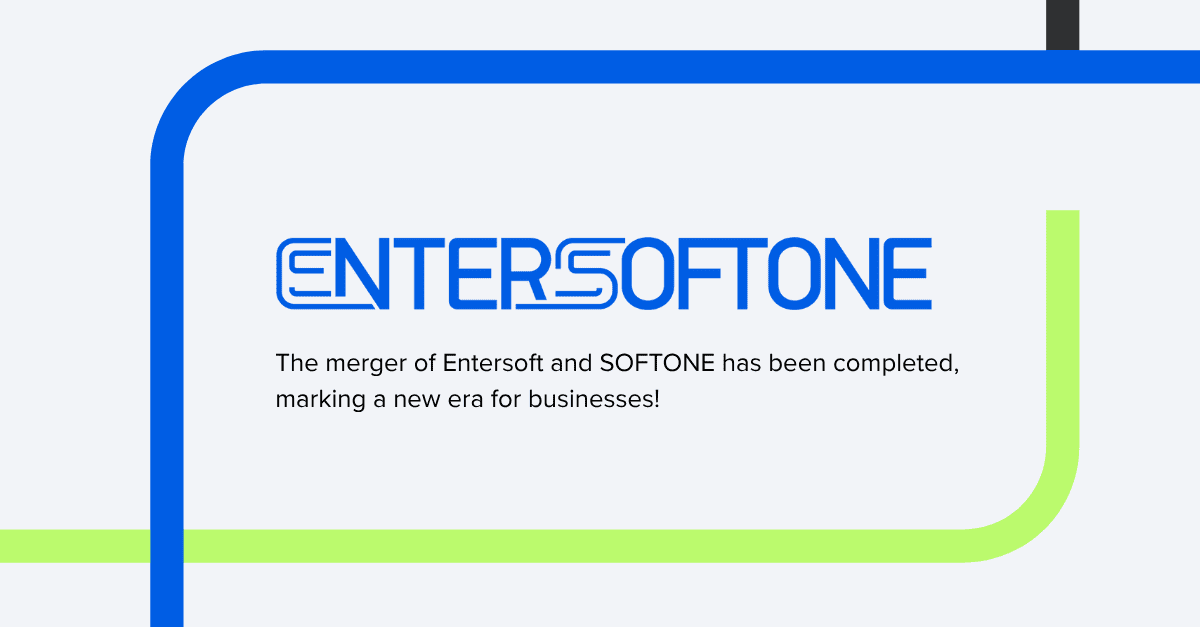Share
Read also

Trends & Views
Digital Transformation Strategies for Success

Business Software
CRM for Small Businesses and Seamless Integration

News & Events
ENTERSOFTONE: The merger of Entersoft and SOFTONE has been completed, creating the largest provider of business software products and services in Greece and Southeast Europe.

Mobility
Outlook for the BYOD and EM market from 2025 to 2035
As undoubtedly proven during the past 2 years, when many businesses were forced to make the shift and adopt a digital culture, digital transformation is a necessity. And although change comes from the top, the ideas of those who will ultimately use this technology on a daily basis must be taken into account, to ensure adoption and success.
The COVID-19 pandemic accelerated the transition to the digital age, forcing businesses to look for new ways to manage and support their workforce, through successful renewal. Companies need to rethink their business model, how they interact with their customers, how they manage their supply chain and how they use data, to transform all aspects of their business. Digital transformation at this scale has forced everyone, from executives to employees, to find ways to respond to the challenges.
The pillars of digital transformation are:
Cooperation: Team spirit comes first, taking down operational silos.
Data-driven decisions: Data-driven decisions and data exploitation will unlock new opportunities.
Customer-centric approach: Customers are at the core of all operations, and data is used to accelerate the response to their needs.
Innovation: Innovation becomes a core element, for both managers and employees, and not just an R&D obligation.
Purpose: Sustainability, ethics, inclusion, and equality.
Businesses that embrace digital culture are more flexible, enabling their workforce to meet the challenges and the pace of digitalization. In addition, they remain competitive, adapting to the changing environment and using technology efficiently.
Change from the top
The shift in business culture should be initiated and led by the CEO, with the full support of senior executives. Team members should turn to their leadership for guidance. Gradually, they should share their vision with mid-level executives, so that no one feels excluded.
When most people have become familiar with this, team members can submit their most powerful ideas on innovation and digital transformation for the following 5 categories: products, processes, services, collaboration, and user experience.
When innovation is well built-in in the corporate DNA, employees will be inspired to think outside the box, with a flexibility that will ultimately lead to high productivity and performance. Thus, digital transformation becomes everyone’s property and spreads throughout the business with beneficial results.







